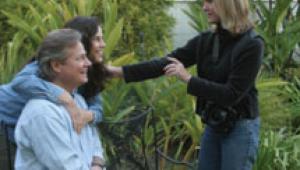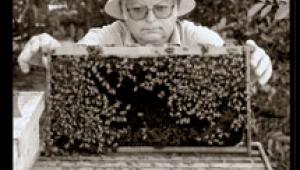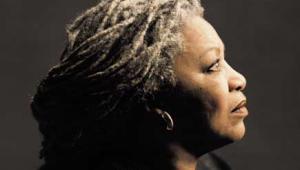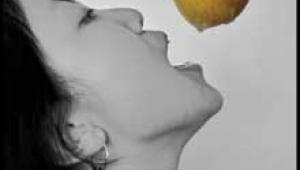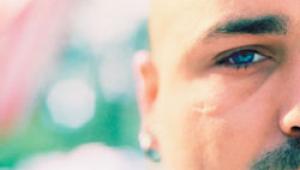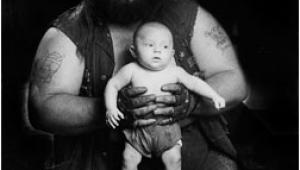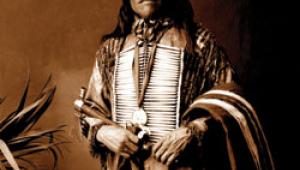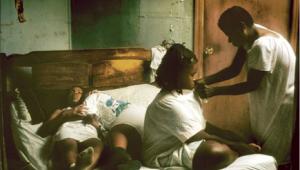Everyday, funny pictures are used by people for several varying purposes. Pictures can be very entertaining especially in occasions intended to bring fun to those attending them.
pictures
http://www.wallpapersbites.com/
Photojournalism Techniques for Amateurs Page 2
Many pros have multiple scanners programmed to receive different frequencies
so they can simultaneously monitor multiple emergency agencies. The next most
important thing to have available, says Kobré, is a reliable map--a
Thomas Guide or, preferably, a GPS device that provides a map. "Know how
to take information from the scanner radio and figure out how to get to your
destination, using the quickest way to get around traffic."
 It's
important to be on the scene as soon as possible, as many significant pictures
involve people and rescue. (Kobré also warns photographers not to block
fire engines or other emergency crew, and don't park in a spot where you
can't leave before the firefighters have packed up their trucks. He underscores
the importance of complying with emergency crews--"move out of the
way if they ask you to do so.")
It's
important to be on the scene as soon as possible, as many significant pictures
involve people and rescue. (Kobré also warns photographers not to block
fire engines or other emergency crew, and don't park in a spot where you
can't leave before the firefighters have packed up their trucks. He underscores
the importance of complying with emergency crews--"move out of the
way if they ask you to do so.")
Kobré says that the first picture should be an "overall" record shot of the scene: "It may be the only image you get, depending on the situation. From there, work on getting better photos. The first rule of photojournalism is that you always get a picture of the scene that showed what happened. Your photo may not be a prizewinner, but the event could be important!"
Look for a hill or another high vantage point from which to shoot the overall shot. Then concentrate on a "medium" shot from about 10 or 15 feet away. This photo needs to tell the story of the event quickly by encompassing the important elements into one image. A photo of a firefighter saving a child is one example. A close-up shot is also important for drama. In the case of a fire, a child's burned doll could provide a dramatic close-up image.
Ideally, your images will tell the whole story of an event. "The reader wasn't there, so your pictures must contain enough information to explain what happened." Afterwards, it's important to get the name of everyone you photographed, as accurate photo captioning is imperative, according to Kobré.
 It's
important to be on the scene as soon as possible, as many significant pictures
involve people and rescue. (Kobré also warns photographers not to block
fire engines or other emergency crew, and don't park in a spot where you
can't leave before the firefighters have packed up their trucks. He underscores
the importance of complying with emergency crews--"move out of the
way if they ask you to do so.")
It's
important to be on the scene as soon as possible, as many significant pictures
involve people and rescue. (Kobré also warns photographers not to block
fire engines or other emergency crew, and don't park in a spot where you
can't leave before the firefighters have packed up their trucks. He underscores
the importance of complying with emergency crews--"move out of the
way if they ask you to do so.")Kobré says that the first picture should be an "overall" record shot of the scene: "It may be the only image you get, depending on the situation. From there, work on getting better photos. The first rule of photojournalism is that you always get a picture of the scene that showed what happened. Your photo may not be a prizewinner, but the event could be important!"
Look for a hill or another high vantage point from which to shoot the overall shot. Then concentrate on a "medium" shot from about 10 or 15 feet away. This photo needs to tell the story of the event quickly by encompassing the important elements into one image. A photo of a firefighter saving a child is one example. A close-up shot is also important for drama. In the case of a fire, a child's burned doll could provide a dramatic close-up image.
Ideally, your images will tell the whole story of an event. "The reader wasn't there, so your pictures must contain enough information to explain what happened." Afterwards, it's important to get the name of everyone you photographed, as accurate photo captioning is imperative, according to Kobré.

When taking pictures for use in news publications, you have a legal right to
shoot, he says, as long as you are standing in a public place. "Amateur
or professional photographers have the same rights as any citizen."

- Log in or register to post comments

pictures
Submitted by whiteroses on March 13, 2014 - 9:57am
